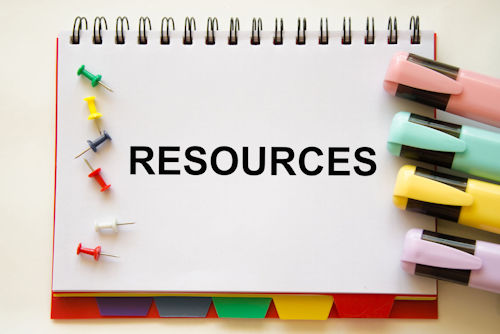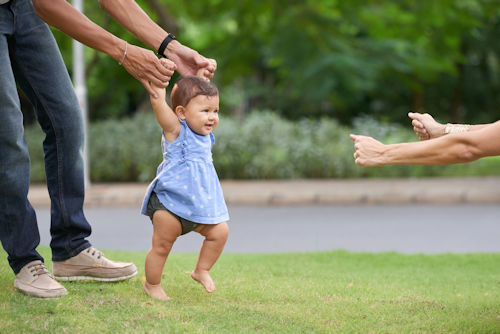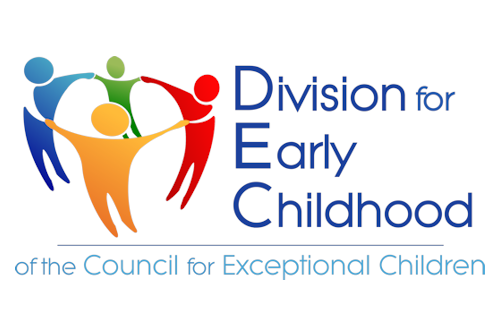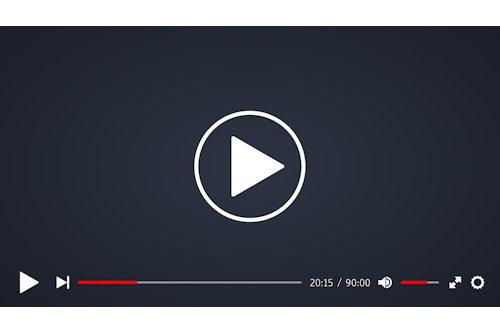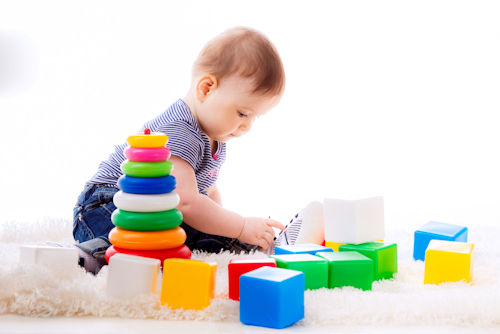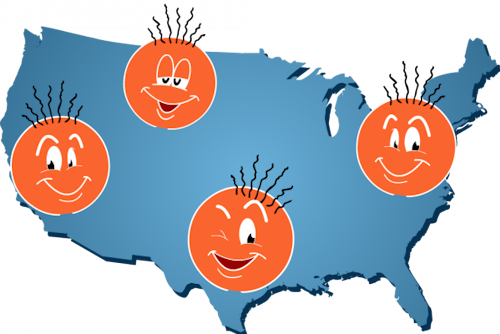Using Personas to Describe Your Child
Personas are short snapshots of individual children, which offer
insights about your child’s likes or interests. Creating a persona
for your child will help you not only to understand your child’s
strengths, weaknesses, but it will also allow you to communicate his
needs to your early intervention providers. Personas offer a unique
perspective of your family and your child, who your child is as a learner
as well as well as the challenges he faces each day and his likes and
dislikes. The following is an example of a persona of a young child
with disabilities from the Frank Porter Graham Child Development Institute:
»
Visit the Frank Porter Graham Child Development Institute
Sharing What You Know with Professionals
Working with practitioners provides you many opportunities to share
information and ideas about your child’s likes and interests. You
know best about your family and the many things you have done to help
your child learn and grow and what you would like help with now. You
also have knowledge and life experiences that other team members may
not have. You have a lot to contribute to help other team members learn
about your child and family. This practice guide includes ideas and
strategies that will help you share information with team members.
»
Visit the Early Childhood Technology Assistance Center
Preparing for Your Child’s Transition from Birth to Three
Moving from one program to another one is known as a transition.
Your child will eventually age out Birth to Three and, if eligible,
your child will transition to Early Childhood Special education.
Transitions can be a confusing time for families, there are many
unknowns, changes in delivery of services and a whole new team of
professionals with whom you do not have a trusting relationship just
yet. We know that a well-planned transition can lead to success for
your child and your family, and we want to help you prepare for when
this time comes.
The first thing you need to know is that transition is a process that
includes several steps, and it can begin up to nine months before your
child turns three but no less than 90 days prior his 3rd birthday. Under
special education law known as IDEA (Individuals with Disabilities
education Act), your child has the right to receive FAPE (Free Appropriate
Public Education) at age three and your Birth to Three team oversees a
smooth transition to special education Preschool. The following flow
chart will show you the steps involved in transition:
Flow Chart Steps Transition from Birth to Three:
- Notification: When your child is 2 ½ or older, your school district and the state department of education will receive an electronic notification with your child’s name and your contact information from Birth to Three.
- School is invited to your transition conference: you will be asked to consent to a formal referral to invite the school district to the transition conference. A transition conference can be held as early as 9 months before your child’s 3rd birthday.
- Transition Conference: a meeting that outlines the transition activities and plan. Your Birth to Three team and school district will follow the steps agreed on and it will include a plan to determine your child’s eligibility for Preschool Special Education services.
- Eligibility for Preschool Special Education: The school district and the team determine if your child meets criteria to be eligible for Special Education services. They do so by examining reports available from Birth to Three and they can conduct their own evaluation. Eligibility is discussed at a meeting hosted by the school district known as the PPT1 meeting (Planning and Placement Team Meeting) if evaluations are needed, you will need to sign consent to evaluate.
- Developing the IEP: if your child is eligible for PreK Special Education, you and your child’s team will develop an IEP (Individualized Education Program). An IEP is a legal written document that includes your child’s annual goals and objectives, related services, and accommodations your child will receive.
Tips for Parents During Transition
As you prepare for your transition conference, keep in mind that
this is the perfect time for your school district to get to know your
child, they are required to be invited by your Birth to Three team.
Additionally, you can also invite anyone, including providers outside
of Birth to Three system who have been involved with your family and
your child. To help you get started, develop a list of questions you
would like to have answers for, the following are some examples:
- How will the school district decide if my child is eligible for special education?
- What kind of testing will be needed?
- Who can we call if we have questions?
- What are some of the similarities and differences between Birth to Three and early childhood special education?
- What other resources are in the community about which we may want to know?
- Can I connect with another parent who has completed the transition Process?
At CPAC, our Early Childhood Parent Consultants can help you prepare a
list of questions and connect you with other experienced families who
have been through the transition process. If you would like to receive
a one-to-one consultation regarding transition, feel free to contact us at
(860) 730-3089 or
email us at:
[email protected].
More information about transition can be found at
Connecticut Birth to
Three System A Family Handbook: Guide 3: Transition to Early Childhood
Special Education.




